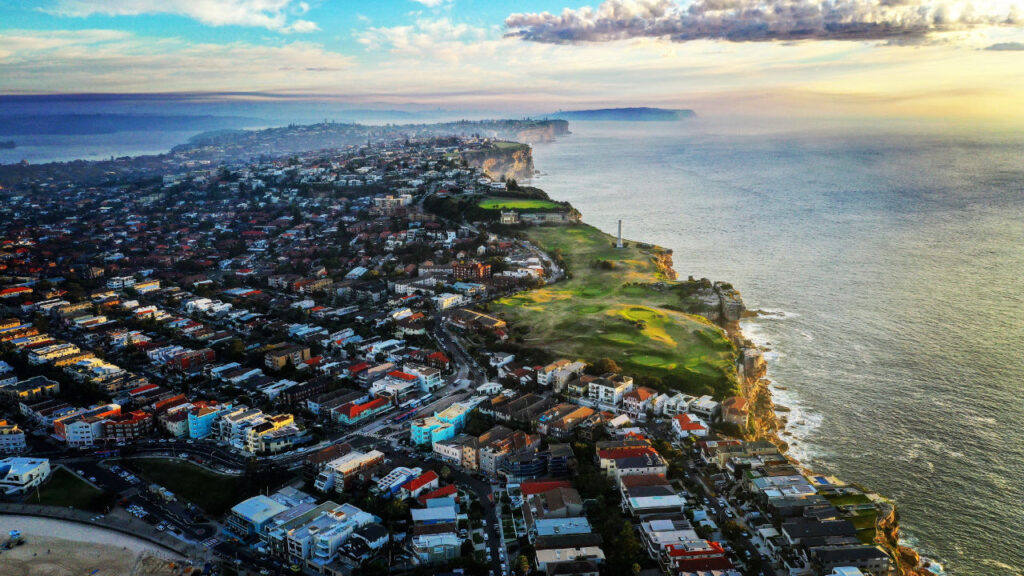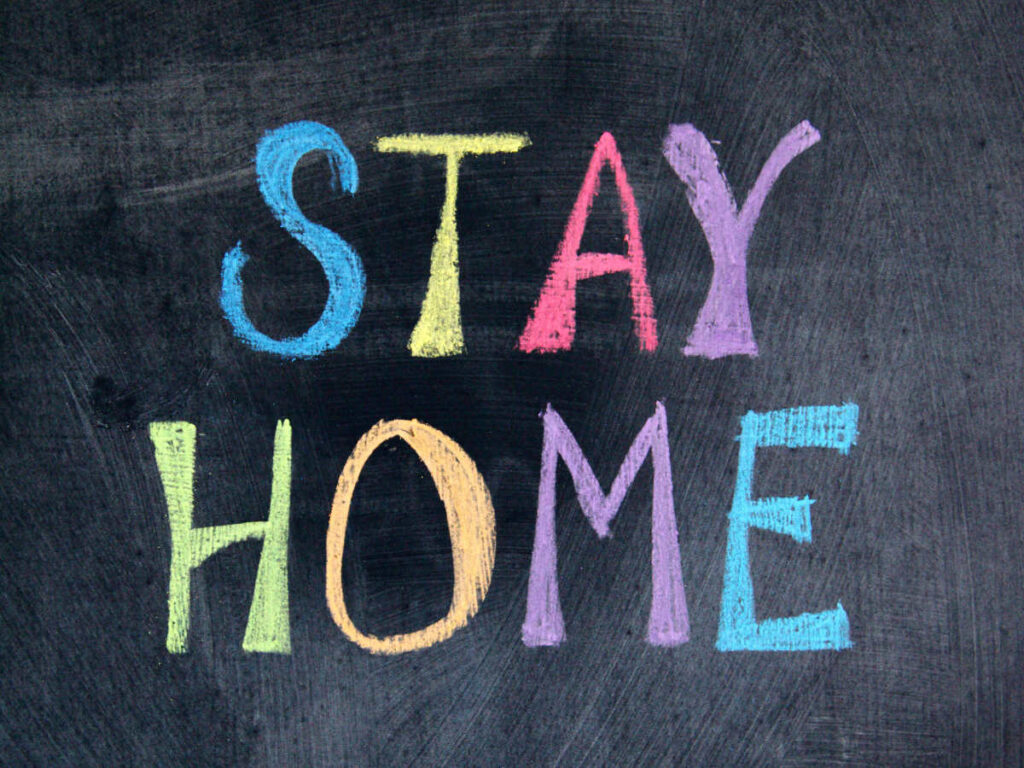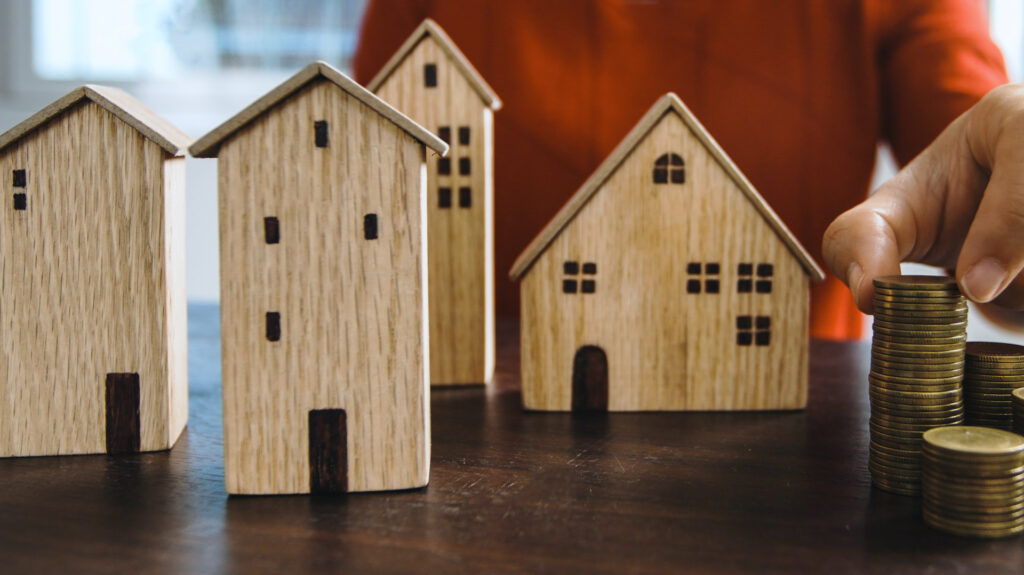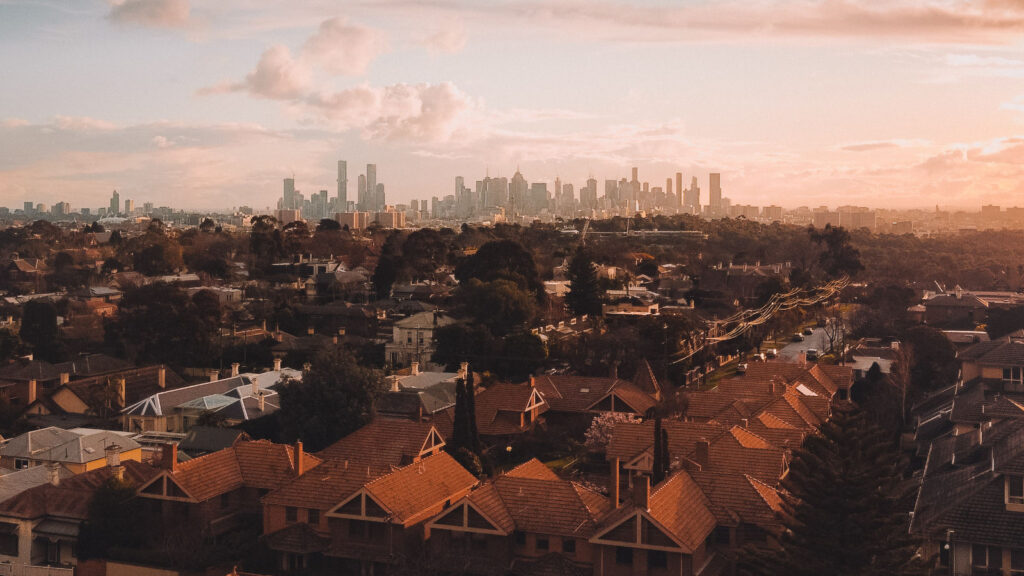2022 was a year of turbulence. With the war in Ukraine sparking a global energy crisis, our Reserve Bank raising interest rates to their highest levels in decades, and lettuce somehow costing more than some street drugs, we were all watching our wallets and wondering where it was going to end up.
Now that we’re into the bright and shiny year of 2023, those factors are still very much with us. But just how far this cost of living crisis and economic unrest will go over the next 12 months is still a little hazy.
Inflation is still the driving factor in the cost of living crisis, with the price of virtually everything soaring. As the government and the RBA grapple to get it under control, there are policy interventions that may help people weather the storm. But how long it keeps raining for will again depend on global, environmental, and individual factors, which are all very hard to map economically.
So, here’s what the financial forecast looks like between now and next year, and precisely how much financial anxiety you should be feeling.








